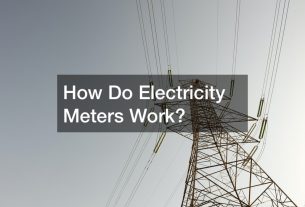
It’s important to remember that vision therapy is not the same as “eye exercises.” The purpose of vision therapy isn’t to make your eye muscles stronger. Your eye muscles are already strong, and muscle weakness is seldom the cause of the visual impairments that Vision Therapy tries to address.
Instead, It use the recently discovered concept of neuroplasticity to retrain the known parts of the vision. Orthoptics and vision therapy are also not the same things. They are two distinct approaches to evaluating and managing vision problems. While both are non-surgical means of visual rehabilitation, orthoptists work under the supervision of an ophthalmologist.
In contrast, it is more commonly (but not entirely) performed in optometry offices. In both children and adults, vision therapy, usually accompanied with the proper lenses, can help to treat, cure, or avoid any of these disorders. The goal of therapy is to ease the symptoms while also addressing the underlying cause, which is a lack of visual skills and visual stress. Vision treatment’s success is dependent on an adequate program provided by your optometrist. Oculomotor dysfunction, eye coordination problems, accommodating anomalies, strabismus, and amblyopia are all addressed through vision therapy. It comprises rehabilitative therapies that assist patients enhances a wide range of visual skills.
.




